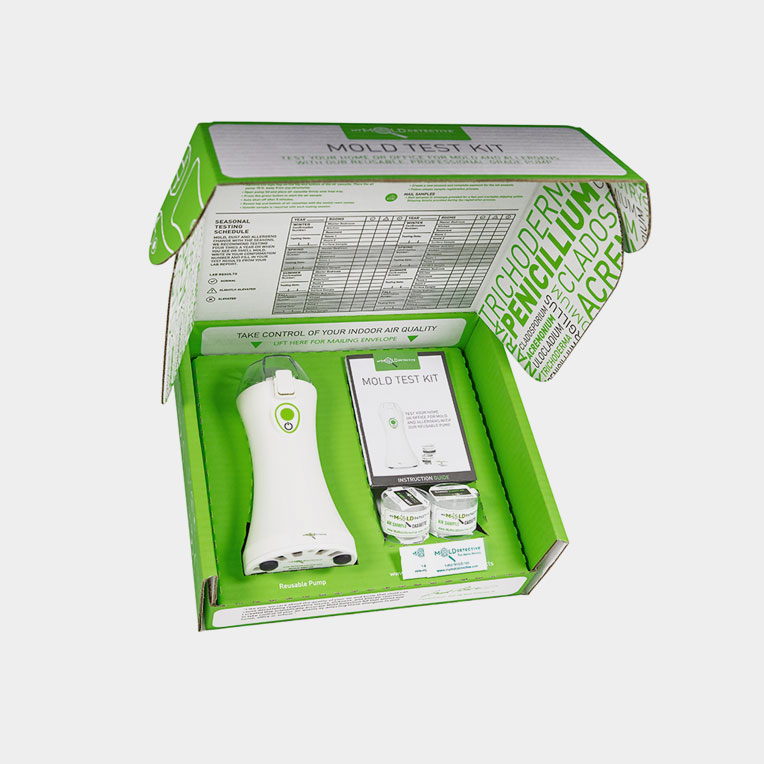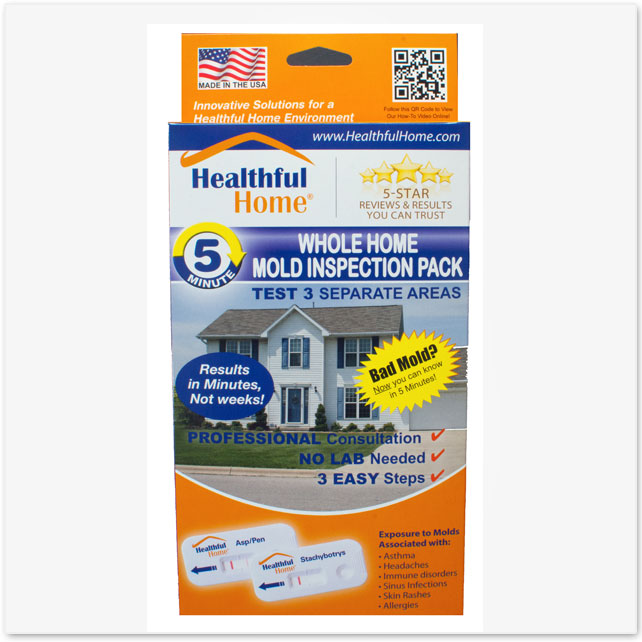Maximize Your Conformity with Trusted Mycotoxin testing Services Solutions
Maximize Your Conformity with Trusted Mycotoxin testing Services Solutions
Blog Article
Ensuring Conformity With Regulations: the Function of Mycotoxin Testing in Quality Control
Making certain compliance with rigid regulations is paramount for maintaining food security, and the role of mycotoxin testing in quality control can not be overemphasized. Mycotoxins, poisonous substances created by particular molds, posture significant health and wellness dangers, making their detection important in food production.
Comprehending Mycotoxins
Comprehending mycotoxins is essential to making sure the top quality and security of farming products. Mycotoxins are poisonous additional metabolites created by specific species of fungi, generally found in foods such as flavors, nuts, and grains. These compounds can occur at numerous stages of the food manufacturing procedure, from pre-harvest to storage, and posture substantial wellness risks to both animals and human beings (Mycotoxin testing Services). The most notorious mycotoxins consist of aflatoxins, ochratoxins, fumonisins, and trichothecenes, each associated with specific environmental conditions and fungal species.
The existence of mycotoxins in food products can cause chronic and intense health issues, consisting of liver damages, immune suppression, and cancer causing results. As a result, their detection and quantification are crucial elements of quality assurance in farming and food industries. The intricacy of mycotoxin contamination requires a complex strategy, utilizing sophisticated logical methods such as fluid chromatography, mass spectrometry, and enzyme-linked immunosorbent assays (ELISA) By comprehending the sources, kinds, and results of mycotoxins, stakeholders in the agricultural sector can better carry out preventative procedures and minimize threats, making certain much safer usage for end-users. This understanding forms the bedrock whereupon effective mycotoxin management methods are developed.
Governing Standards for Mycotoxins
Having established a fundamental understanding of mycotoxins and their influence on food safety, it is crucial to examine the governing criteria governing their visibility in agricultural products. Governing criteria for mycotoxins are crucial because they define allowable limitations, making sure food safety and security and safeguarding public health. Various international and nationwide agencies have actually established these limits based upon extensive risk analyses.
The Codex Alimentarius Commission, a worldwide body developed by the FAO and that, supplies guidelines and maximum permitted degrees for different mycotoxins in food and feed. For example, the Codex has actually set limits for aflatoxins in peanuts, maize, and dried figs, to name a few assets. These requirements are often taken on or adapted by specific nations to fit their particular needs.
In the European Union, Guideline (EC) No 1881/2006 specifies optimum levels for a number of mycotoxins, such as aflatoxins, ochratoxin A, and deoxynivalenol, in numerous food products. In a similar way, the U.S. Fda (FDA) has actually developed activity levels for mycotoxins like aflatoxins in products such as nuts and grains.
Adherence to these regulative requirements is important for keeping market access, customer count on, and public health and wellness. Non-compliance can result in substantial economic losses and health threats, underscoring the significance of rigid mycotoxin screening protocols.
Examining Methods and Technologies

ELISA is commonly valued for its rapid and imp source affordable screening abilities, making it perfect for high-throughput atmospheres. It counts on antibodies to find certain mycotoxins, offering cause a fairly short time frame. Nonetheless, its sensitivity might be restricted contrasted to much more sophisticated techniques.
HPLC, on the other hand, stands out in offering measurable evaluation with high precision and precision. It divides complicated combinations right into private components, making it very efficient for recognizing and measuring several mycotoxins simultaneously - Mycotoxin testing Services. This strategy, while more resource-intensive and time-consuming than ELISA, uses a greater level of integrity

LC-MS stands for the peak of logical specificity and sensitivity. Incorporating the separation power of fluid chromatography with the detection abilities of mass spectrometry, LC-MS can discover also trace degrees of mycotoxins. This approach is essential for verifying the existence of mycotoxins in forensic and regulatory contexts, guaranteeing conformity with stringent safety and security standards.
Implementing Checking Protocols

Incorporating these advanced testing methods right into a redirected here comprehensive quality assurance framework requires a well-structured method to carrying out testing protocols. To attain this, companies must first conduct an extensive threat evaluation to determine prospective mycotoxin contamination factors within the supply chain. This assessment notifies the development of a tailored screening strategy that addresses certain susceptabilities.
Following, developing standardized sampling treatments is important. Consistent sampling makes sure that test results are reputable and rep of the whole set (Mycotoxin testing Services). Sticking to standards from regulatory bodies, such as the FDA or EFSA, aids preserve conformity and enhances the integrity of the screening procedure
Educating employees is an additional crucial element. Staff needs to excel in both example collection and the operation of testing tools. Normal training sessions and certification programs can ensure that employee remain updated with the most up to date strategies and regulative modifications.
Advantages of Mycotoxin Testing
Mycotoxin screening supplies countless advantages that considerably improve the safety and security and top quality of food and feed items. Mostly, it acts as a vital control step to avoid infected goods from getting to the consumer market, thereby guarding public health. By identifying and evaluating mycotoxins such as ochratoxins, fumonisins, and aflatoxins, manufacturers can ensure that their items satisfy rigid governing standards, hence preventing prospective legal consequences and connected prices.
In addition, mycotoxin testing adds to the financial practicality of food and feed markets by minimizing the risk of large product remembers. The capability to spot and isolate infected sets early in the manufacturing procedure minimizes waste and avoids the economic losses connected with damaged brand name track record. Furthermore, it cultivates customer depend on and commitment, as clients are progressively knowledgeable about food safety issues and demand greater i was reading this high quality criteria.
The implementation of regular mycotoxin testing additionally advertises ideal practices within agricultural and manufacturing sectors. By adhering to strenuous screening protocols, companies can maximize their high quality control processes, boost operational effectiveness, and make certain the constant manufacturing of secure, top notch products. In final thought, the advantages of mycotoxin testing are complex, adding to public health, economic security, and market stability.
Final Thought
Mycotoxin screening is critical in making certain compliance with regulative standards, therefore preserving food security and quality control. Thus, mycotoxin screening remains an important part of contemporary food security monitoring systems.
Making certain conformity with rigid guidelines is critical for preserving food security, and the role of mycotoxin testing in quality control can not be overemphasized.In the realm of mycotoxin testing, advanced techniques and technologies are pivotal in ensuring food security and governing compliance.Mycotoxin testing uses countless advantages that significantly boost the security and top quality of food and feed products.Mycotoxin screening is essential in making certain compliance with regulative criteria, therefore preserving food safety and high quality control. Thus, mycotoxin testing continues to be an important part of modern food safety management systems.
Report this page